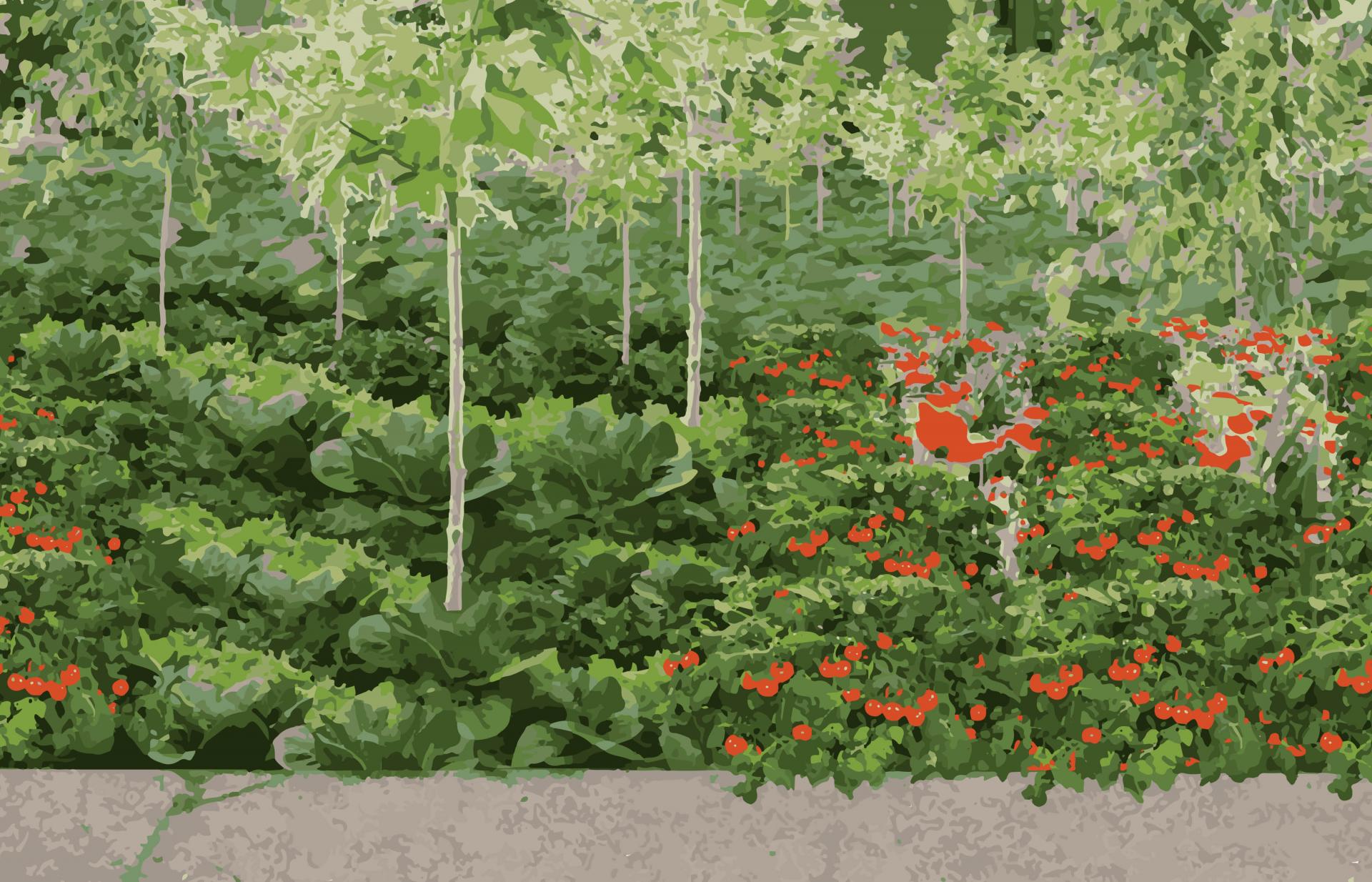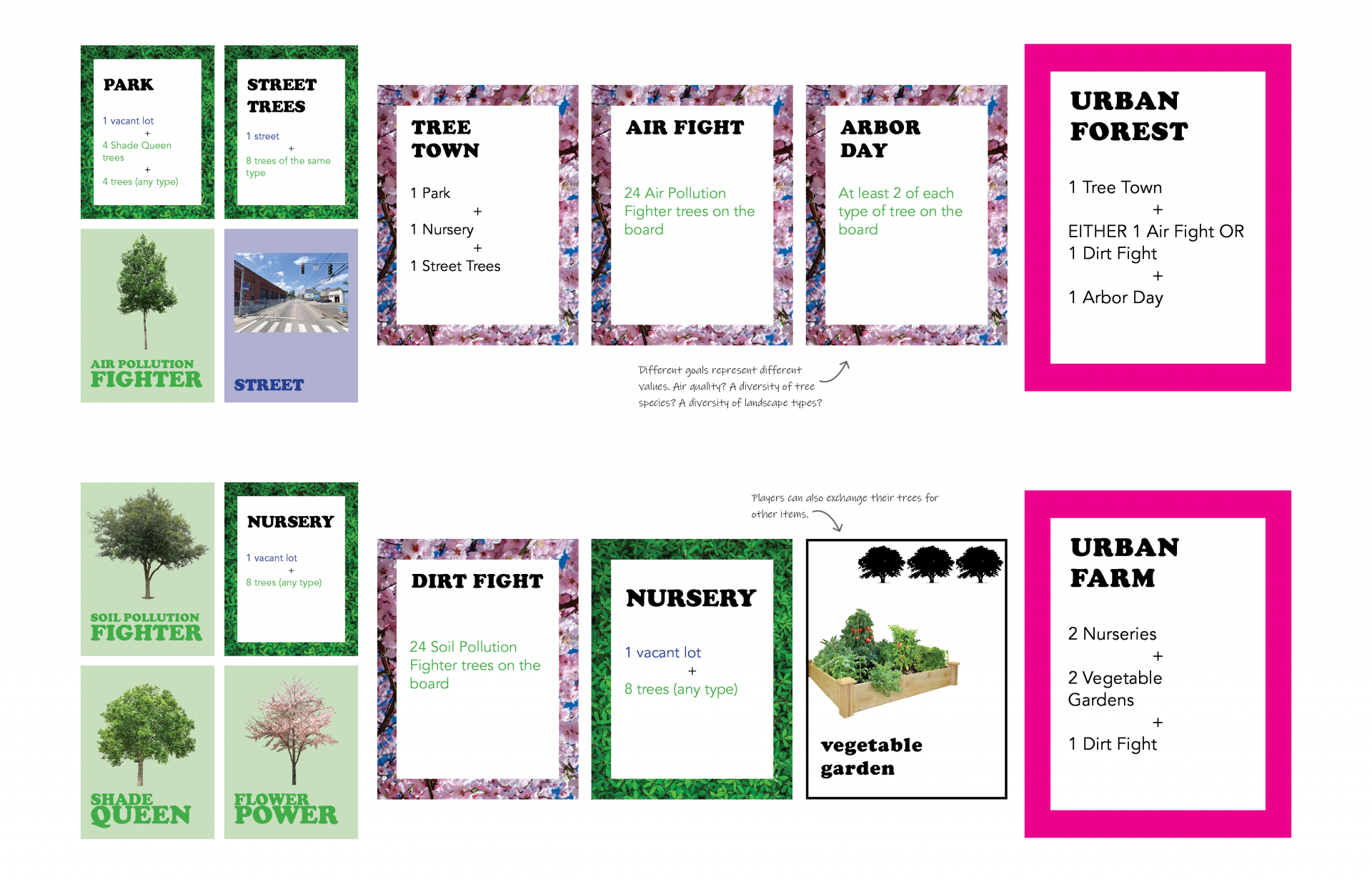Adrienne
Emmerich
Image

Image

This land
is your land
This Land is Your Land
The main question posed by this thesis is: How can landscape architects give individuals and communities creative agency over their own landscapes?
This question is framed by three key concepts. First, there is the fact that throughout US history, land management and design decisions have been used to marginalize communities of color. The second concept framing this thesis is that communities of color continue to be negatively affected by decisions about their land. For example, new toxic waste sites are disproportionately placed in communities of color (Mohai and Saha 2015). The third concept framing this thesis is that landscape architects do not often address the creative desires of individuals who are not private clients. Because of this, many people do not have creative control over their environments.
This thesis proposes ways in which neighborhood residents can use landscape design to both address environmental problems and assert authorship over their neighborhood landscape. Each resident is given one tree, which can be used as a tool for voting, bartering, or independent design. I have created a card game and graphic novel to help residents generate ideas and make decisions about how to use their trees.
Image
Currently, Providence’s street tree program relies on property owners and residents requesting, planting and maintaining trees. The program is not accessible to those who do not have a tree pit outside their home or who cannot commit time and money towards maintaining a tree. Changes to Providence’s street tree program can help expand access to trees and make trees a more valuable resource for low-income communities and individuals. Expanding the program beyond street trees also offers the opportunity for residents to participate in more meaningful ways - so the act of requesting a tree becomes a more creative experience than simply putting a tree in a tree pit.
The card game helps residents practice using their trees to make decisions. Players start out with tree and infrastructure cards. They can combine their cards to complete projects: parks, nurseries, or street trees. As players complete projects, they can start to work towards first-level goals (the cherry blossom cards). Players must work together to decide which goals they want to work towards. Eventually, players decide on a final goal to achieve (the pink cards). Ideally, the final goal is not just a network of projects, but a system that transforms the neighborhood’s ecology and economy.
Image

Image
Image
The program adds a new resource (trees) to the neighborhood’s main existing resource (vacant land).
The combination of the two resources creates the potential for a variety of futures for the neighborhood.
Adrienne Emmerich is a graduate student in landscape architecture at the Rhode Island School of Design. Previously, she worked as an instructional designer assisting rural water utilities. She has also worked in residential landscape design. She is from Massachusetts and received her bachelor’s degree at Washington University in St. Louis, where she studied earth science and archaeology, inspiring her interest in the relationship between people and land.